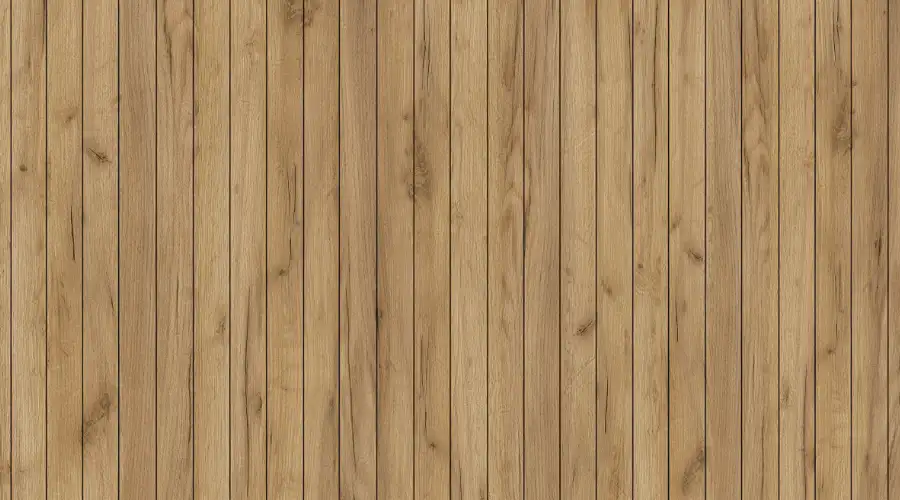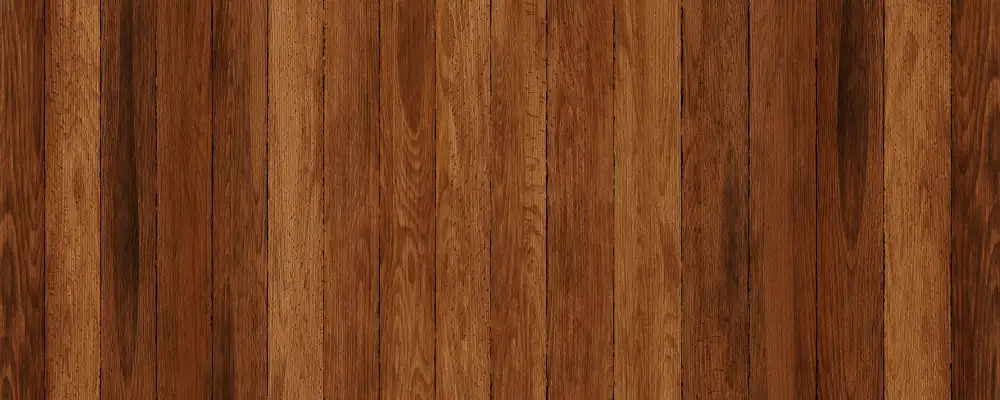3D wood wall panels are more than just a decorative element, they’re a statement of texture, depth, and natural elegance. Crafted from real wood or engineered materials, these panels add dimension to flat walls, transforming interiors into warm, artistic spaces. Along with the decorative improvement, they offer sound improvements, and even contribute to insulation of heat. With its geometric patterns, raw wooden beauty, and solid construction, these panels will fine-tune any wall material complements, architects, and contractors looking to complement a space with raw and natural elements.
What is 3D Wood Wall Panels
3D wood cladding for walls are extremely durable and they meticulously handcrafted wood panels using natural solid wood and high quality wood veneers. Rather than flat, feature 3D surface patterning, either ridges, waves, slats, pyramids, hexagons, or abstract patterns, so as to add visual depth and texture. These panels are usually made of Medium Density Fiberboard (MDF), High Density Fiberboard (HDF), teak, oak, walnut, plywood, or bamboo based composites.
CNC-routed or molded depending on the brand, some of which are made by hand. In addition to the visual enhancement of spaces, the 3D surface is perfect for use where additional functionality is required, such as acoustic dampening, hiding wall damage, thermal resistance and air flow. Most luxury panels come pre-finished with UV-resistant finish, natural veneer or water resistant laminate finish which make them excellent to last for years
Benefits of 3D Wood Wall Panels

- Aesthetic Enhancement and Depth Perception
3D panels produce an eye-catching visual effect with depth and shadowing. Light play between matte and glossy surfaces imparts a sensual quality that flat paint or wallpaper cannot match. In minimalist or contemporary uses, such panels may serve as architectural highlights, imparting depth without cluttering the space. - Acoustic Benefits and Echo Reduction
Panels with slatted wood tops mounted over acoustic felt or foam can cut echo, flutter, and reverberation substantially. The irregular surface geometry diffuses the sound waves so that there is no direct reflection. They are thus appropriate for use in meeting rooms, studios, or shared workspaces in open-plan interiors. They can have NRC (Noise Reduction Coefficient) ratings of 0.45 to 0.85 when installed correctly depending on thickness and cavity structure. - Thermal Insulation
Wood panels inherently behave as insulators because wood has low thermal conductivity. When installed on battens with air space, they create a thermal buffer zone that functions to control indoor temperatures and minimize HVAC system reliance. Panels with added backing materials (such as cork or polyurethane foam) can enhance insulation values. - Easy Installation and Modularity
3D wood wall panels generally come with a tongue & groove system or at least 4 sides of the panels have such.; some 3D wood panels include plugs in Tongue and grove system which are separated when mixed after angle changing. Pre-finished surfaces obviate the need for painting or varnishing after installation. This kind of ease of use makes them suitable for quick renovation works or even moderate office room. - Sustainability and Eco-Friendly Options
Even better, and just as visually appealing, are panels made from reclaimed wood or those certified by the Forest Stewardship Council (FSC). Bamboo panels, a rapidly renewable resource, or wood waste composites can be used to create panels that are environmentally friendly with the same sturdy qualities of standard lumber. - Durability and Long-Term Investment
Top of the line 3D wood panels don’t scratch, warp, or get moldy when properly treated. HDF-type engineered wood provides greater impact and wear resistance. Several varieties even include fire-resistant characteristics that are safe in hotels, retail and highly-trafficked commercial spaces.
Where Can You Use 3D Wood Wall Panels?
- Residential Interiors
From living room to bedroom 3d wood panels are beautiful in any setting. They make great accent walls behind beds, TVs, and fireplaces. - Commercial Spaces
Offices, lobbies, coworking spaces and conference halls will appreciate the sound absorption and upscale look in commercial spaces. Branded textures or patterns also help reinforce brand identity in reception areas. - Hospitality and Retail Environments
Luxurious environment Restaurants, hotels, cafes, and showrooms choose 3D wood panels to create a luxurious mood. Their tactile luxury also elevates visual merchandising and storytelling for enhanced consumer engagement. - Acoustic-Optimized Areas
3D Panels are used in recording studios, home theaters, or wherever sound and aesthetics are an issue. Panels with asymmetrical rib configurations and acoustical backings provide for better sound clearness. - Interior Renovation Projects
3D wood panels are a speedy way to cover the defect, such as dents, knicks and cracks with the damaged plaster, uneven surface and old discolored paint. They can often be applied directly over existing drywall with minimal surface preparation.
How to Install 3D Wood Wall Panels
- Surface Preparation
Begin by cleaning the existing wall surface. Ensure it is dry, dust-free, and structurally sound. Use a laser level to mark the alignment lines, especially if installing in a grid or slatted layout. - Mounting Framework (if needed)
For panels that require additional acoustic or thermal support, a batten frame (usually 1″x2″ wooden strips) is constructed first. This also allows for concealed wiring or LED integration. - Panel Cutting and Handling
Use a table saw or fine-toothed circular saw for precise cuts. Always cut the panels from the back side to prevent chipping on the visible face. Use clamps for clean edge support during cutting. - Fixing Methods
Panels can be affixed using:
- Adhesive fixing: Polymer or PU-based adhesives are used for lightweight panels on drywalls.
- Mechanical fixing: Screws or nails are used for heavier panels, especially on wood batten frames.
- Hybrid fixing: Combination of adhesive and concealed screws gives extra durability.
- Adhesive fixing: Polymer or PU-based adhesives are used for lightweight panels on drywalls.
- Finishing
Joints are covered with matching trim or edge moldings. Panels with unfinished edges are often finished with wax or varnish. Some designs integrate light grooves or switch cut-outs during installation.
Cost of 3D Wood Wall Panels
The total cost depends on panel material, design complexity, surface area, and labor.
| Category | Estimated Range (₹ / sq.ft) | Description |
| Basic MDF Panels | ₹120–₹250 | Entry-level, machine-cut designs with paintable surfaces |
| Engineered Veneer Panels | ₹300–₹600 | Real wood veneer on MDF or HDF backing, available in textures like teak, oak, or walnut |
| Bamboo or Solid Wood Panels | ₹700–₹1,200 | Premium, eco-certified with CNC-milled 3D designs |
| Installation Cost | ₹30–₹50/sq.ft | Includes labor, fixing, and minor surface adjustments |
| Additional Costs | ₹2,000–₹5,000/ project | Edge trims, corner pieces, LED channels, and adhesives |
Example: For a 10×10 ft accent wall (~100 sq.ft), the total cost can range from ₹15,000 (basic) to ₹80,000+ for luxury setups with LED and acoustic enhancements.
Conclusion
3D wooden wall panels are both functional and decorative in contemporary interior spaces. Due to the development of production and access to green materials, they have become a popular option for luxury interiors, providing acoustic performance, insulation, and high-end style. Ease of installation, mixed with visual appeal, makes them a solution applicable to homes, commercial buildings, and hospitality sectors equally.
FAQs
3D wood panels with water-resistant laminate or veneer finishes can be utilized in semi-moist areas. Do not use them directly exposed to water unless the product is designed for that kind of environment.
If well maintained, high-quality panels are likely to last 10–15 years or more without any observable decay. Their longevity is extended when fitted in low-traffic or air-conditioned spaces.
Yes, provided the base is clean and level. Fixing by adhesive or screws may be utilized based on panel weight and size.
Most manufacturers provide CNC customization on bulk orders. You also have the option to select finishes, edge profiles, and woods according to project requirements.
Typical MDF or plywood panels are not fire-resistant. However, you have the option of using fire-rated boards or intumescent coating for meeting safety standards in commercial applications.

